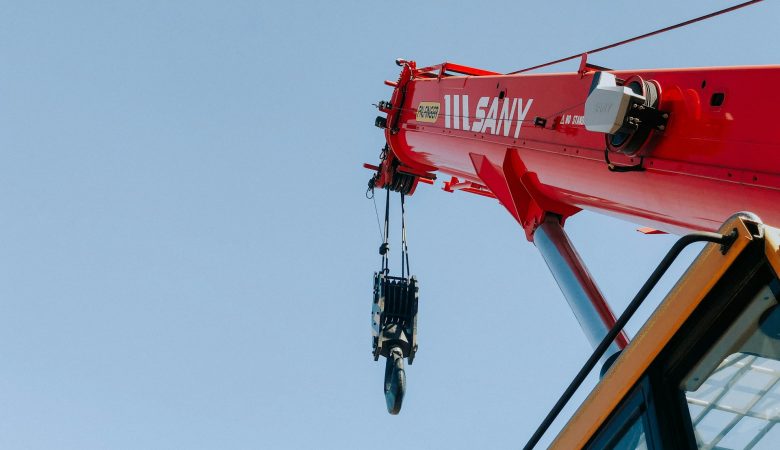Mini piling, also known as micro piling or small diameter piling, is a construction technique that utilises small-diameter piles, typically ranging from 100mm to 350mm, to support structures. This method has gained popularity due to its numerous benefits. Below, we will explore the various advantages of mini piling in detail.
Versatility in Various Soil Types
One of the most significant advantages of mini piling is its versatility. Mini pile machinery can be used in a wide range of soil conditions, including soft, unstable, and contaminated ground. This adaptability makes mini piling an ideal solution for diverse construction projects, from residential buildings to large commercial structures. Whether the soil is clay, silt, sand, gravel, or even rock, mini piles can provide the necessary support. This flexibility is particularly valuable in areas with challenging geotechnical conditions, where other foundation methods might fail or prove too costly.
Low Vibration and Noise Levels
Mini piling causes minimal disturbance to the surrounding environment, resulting in low levels of vibration and noise during installation. This characteristic is particularly beneficial in urban areas or locations where nearby structures could be affected by traditional piling methods. The low-impact nature of mini piling ensures that construction can proceed without causing significant disruptions to the surrounding area. This is especially important in settings such as hospitals, schools, and residential neighbourhoods, where noise and vibration must be kept to a minimum to avoid disturbing occupants and operations.
Accessibility in Restricted Sites
Mini piling equipment is typically more compact than the machinery used for traditional piling methods. This smaller size allows mini piling operations to take place in sites with restricted access or limited headroom, such as basements, tight urban spaces, and domestic properties. The ability to work in confined areas makes mini piling a practical solution for projects with challenging site conditions. For instance, when reinforcing the foundations of an existing building or constructing new structures in densely built-up areas, mini piling can navigate tight spaces and avoid obstructions that larger equipment cannot.
Quick Installation Process
The installation of mini piles is notably swift, with some projects completing within just a few hours. This rapid installation process makes mini piling an efficient choice for construction projects with tight schedules. The speed of installation not only saves time but also reduces labour costs, contributing to overall project efficiency. Quick installation is crucial in scenarios where time constraints are critical, such as emergency repairs, fast-tracked commercial developments, and infrastructure upgrades that must minimise downtime and disruption.
Cost-Effectiveness
Mini piling is often more cost-effective compared to traditional strip foundation methods, especially for small to medium-sized projects. The reduction in arisings (spoil) from the site minimises the need for muck-away lorries, which lowers transportation costs and enhances the project’s environmental credentials. This cost efficiency makes mini piling an attractive option for budget-conscious construction projects. By reducing the amount of spoil generated, mini piling also lessens the environmental impact and disposal costs associated with construction waste. This can result in significant savings, particularly in urban areas where disposal fees are high.
High Load-Bearing Capacity
Despite their small size, mini piles can support substantial loads, making them suitable for a wide range of construction projects. This capability is particularly advantageous in poor soil conditions where heavily loaded piles are necessary. Additionally, driven piles, a type of mini pile, do not require spoil removal during installation, making them ideal for contaminated sites or areas where soil disposal is a concern. The robust load-bearing capacity of mini piles ensures that they can sustain the weight of buildings, bridges, and other structures, providing a reliable foundation even under challenging conditions.
Environmental Benefits
Mini piling’s minimal spoil generation and low impact on surrounding structures contribute to its environmental benefits. The reduced need for large-scale soil removal and the decreased vibration and noise levels makes mini piling a greener construction method. These environmental advantages align with sustainable building practices, making mini piling a preferred choice for eco-conscious projects. By minimising the ecological footprint of construction activities, mini piling supports green building certifications and helps developers meet regulatory requirements for environmental protection.
Applications in Various Construction Projects
Mini piling is versatile enough to be used in a variety of construction scenarios. Whether it’s reinforcing the foundations of existing structures, supporting new builds in confined urban spaces, or providing stability in challenging soil conditions, mini piling offers a reliable solution. Its adaptability and efficiency make it a valuable technique in modern construction. For example, mini piling can be employed in the construction of extensions to existing buildings, underpinning historic structures, or creating new foundations in areas with limited access or sensitive environmental conditions.




